Boat Safety 101 – a Quick Overview
March 27th, 2020 by inavx
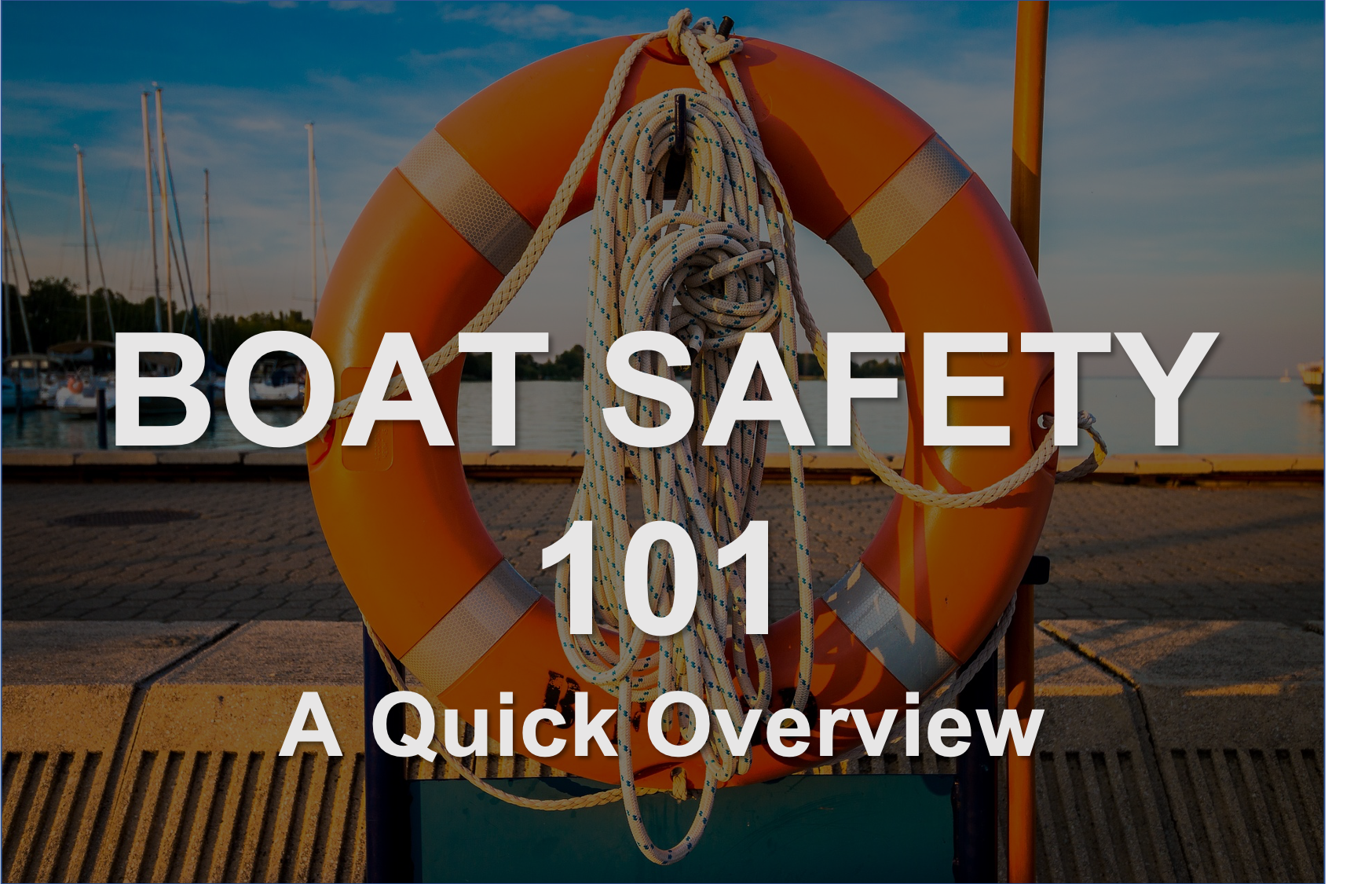
by B.J. Porter (Contributing Editor)
In 2018 in the United States, the Coast Guard counted 633 deaths and over 2,500 serious injuries from recreational boating accidents. Not to be dark and grim, but boating safety is a serious topic and many fatalities and accidents could have been prevented with care and caution.
This isn’t an exhaustive guide on boating safety, but steps each one of us can easily take to keep your boating safe and fun while not becoming a statistic.
So what can you do to be a safer boater?
The key takeaways from studies and data collected is preparation and education.
Prepare Yourself
If you’re the skipper, the safety of your guests is your responsibility. And if you’re a guest, you have a share of responsibility too, for yourself and for others.
Take a Safety Course
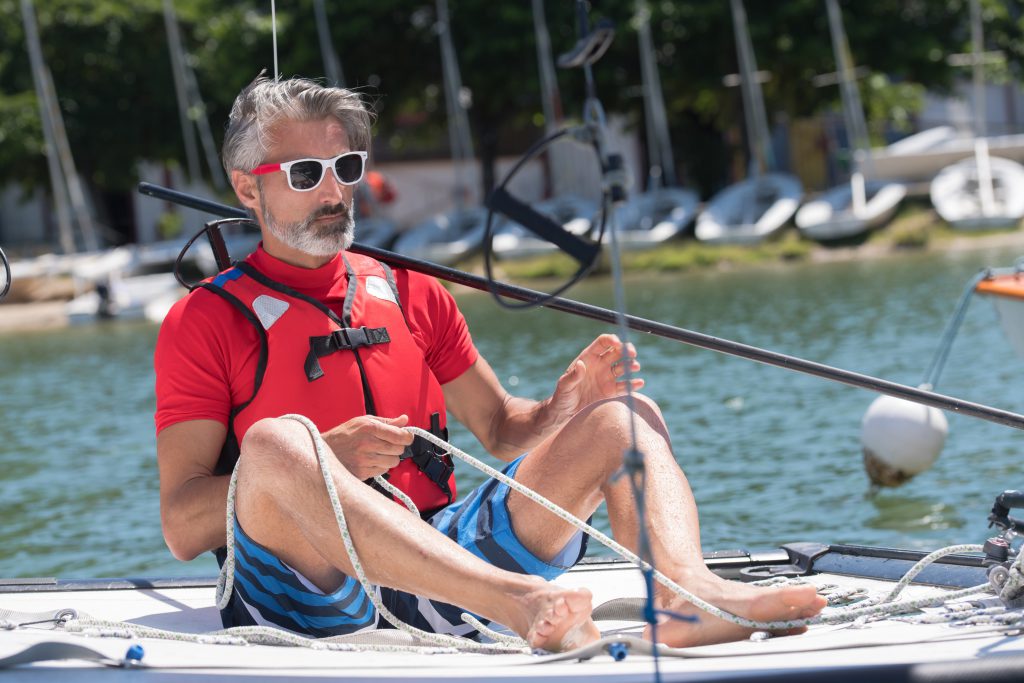
More states are requiring Boater’s Safety courses to get operator’s permits now, but many states allow adults to be grandfathered in and slip the requirements because of their age. Don’t do it if you’re new to boating. Take some time to get basic boat safety skills, including safe operation, emergency procedures, rescues and crew overboard handling, and basic safety and first aid. Learn safe operation and know the risks. Of the boating deaths in 2018, almost 75% of them happened on boats where the operator had no safety training.
Even if you’re an old sea dog like myself, don’t underestimate the value of refreshing skills and knowledge. Who knows, you may even enjoy it! I did!
Wear Your Floatation
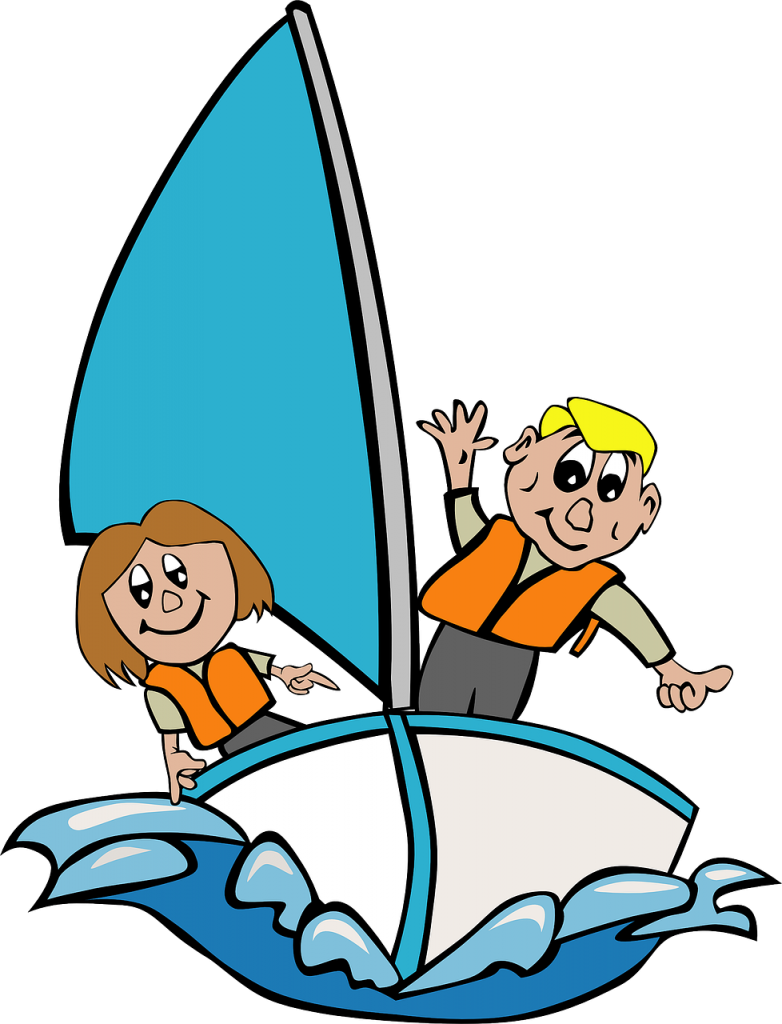
77% of boating deaths are from drowning. Of the drowning victims where the information was available about PFD use, 84% of the drowned boaters were not wearing life jackets. Yes, they can be uncomfortable and hot, and everyone knows you look like a dork in the bright orange ones. So what, it beats dying!
You may not have time or the ability to get into a jacket if you are injured or thrown from the boat. Get a good quality automatic PFD and wear it. Make it habit, like wearing your seatbelt when you get in the car.
And before you leave the dock with guests, make sure any non-swimmers have comfortable and well-fit personal floatation.
Learn and Teach the Boat
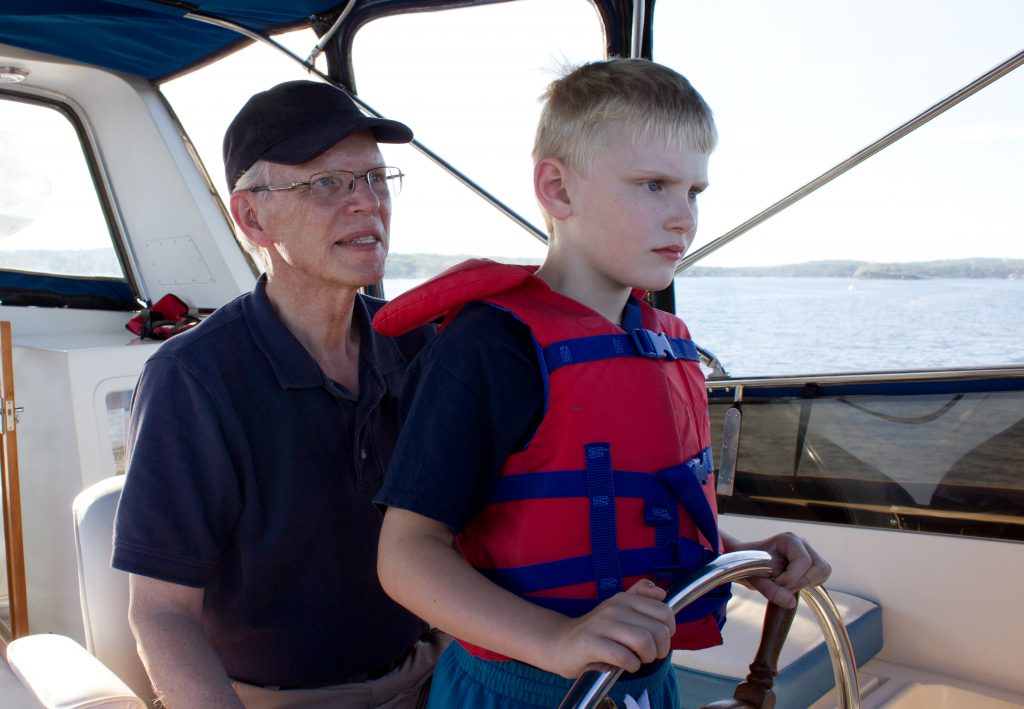
You should know your own boat, but do you take the time to show guests where the PFDs and fire extinguishers are? When you’re on someone else’s boat, do you ask about them? There’s no time in an emergency to hunt around for safety gear. Spending a minute or two at the dock going over the basics can save critical time in an emergency.
Check the Weather
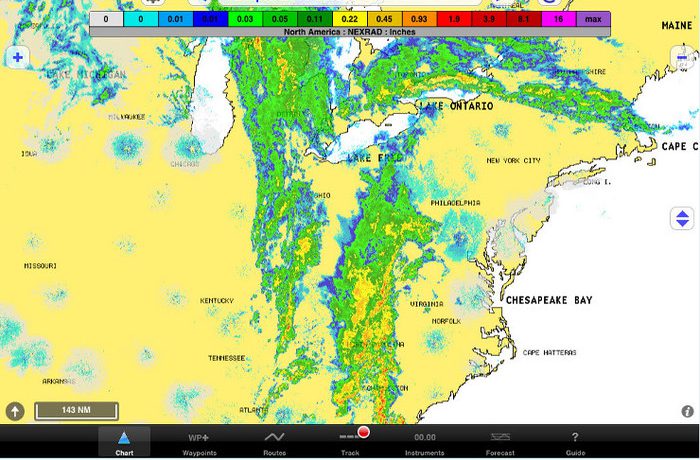
It seems elementary, but many boaters get surprised by bad conditions after leaving the dock on a clear, sunny day. Always check the weather, even if you’re a guest. And don’t forget to check tides and currents, especially if you have any cuts, channels, or passes to go through.
Stay Sober

According to the US Coast Guard, almost 20% of boating deaths involved alcohol as a contributing factor. Here’s an easy rule to follow -> Don’t drink anymore at the wheel of your boat, than you would if you were to drive your car. States are cracking down on boating under the influence.
And if you are a guest, remember that a boat can move, shift, and change. A couple of drinks on a boat is nice, but it’s not a great place to get falling down drunk. You could end up in the water or worse, and a drunken crew makes any emergency harder.
Check the Boat Before You Leave
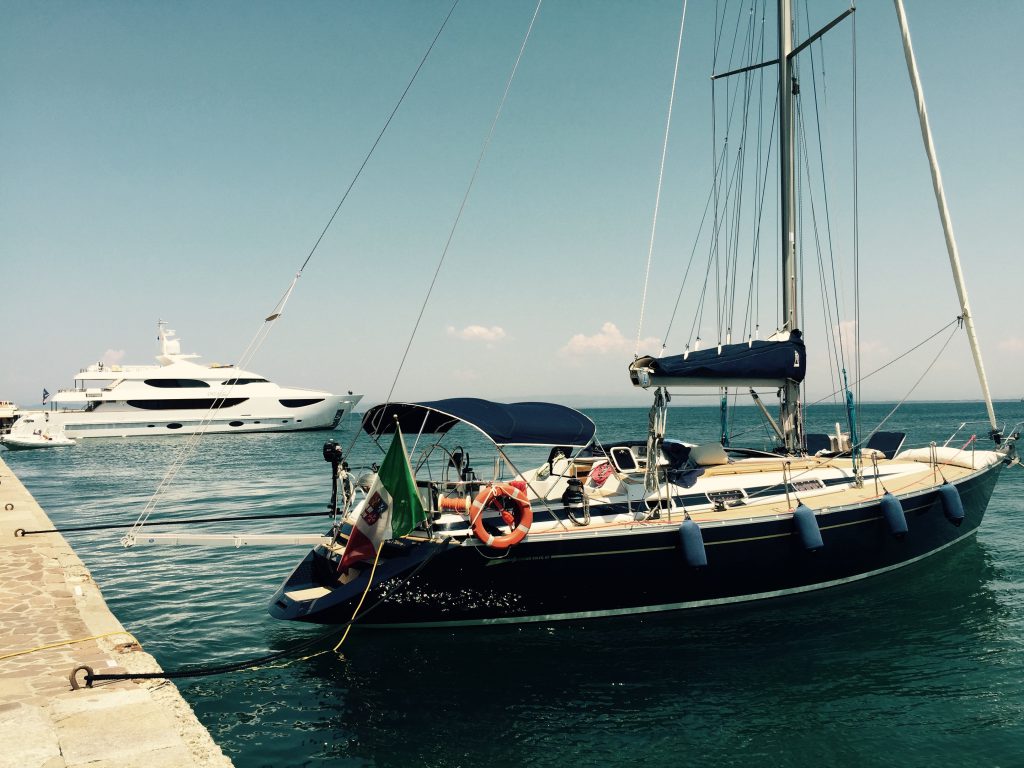
You don’t need a hundred point checklist before you leave the dock every time. But a few routine items that you always check will increase the odds that you and the boat will come back to the dock. A few things to watch for include:
- Fuel systems: Look for fuel leaks and drips, if you have a gasoline inboard make sure run the blowers. Also, know how much fuel you have on board and top off if it’s low.
- Steering and control systems: A quick check to make sure you won’t lose steerage, look at linkages, cables and throttles.
- The bilge: Make sure you’ve not been taking on water before you leave, and that your pump works.
- Safety gear: Make sure it’s on board and you know where it is. Flares, noise signals, PFDs and first aid kits should be easy to find.
Make your own list specific to your boat and follow it.
Equip the Boat Properly
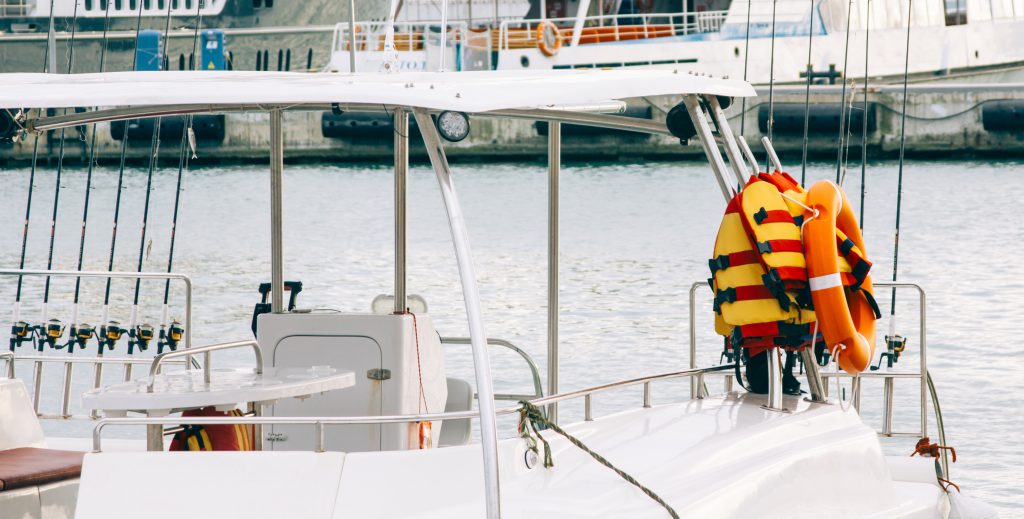
The U.S. Coast Guard has a long list of the minimum equipment required for your boat, as does your local boating authority. But this is a minimum list. You should learn the list and how to use what’s on it, but don’t look at the minimum list as all you need to do.
So get the coast guard minimums. But a few extra PFDs, a basic first aid kit, seasickness medicine, sunscreen, bottled water, a functional anchor, a spare handheld VHF radio, or an EPIRB/PLB – these are all items that can make a difference if you have an accident or injury, or help you prevent one.
Check all your safety gear. Look for:
- Chafe, wear, or aging on PFDs and flotation
- Expired flares and signals
- Rust and wear on anchors, lines, and other equipment.
- If you rarely use your radio, do a “radio check” from time to time to make sure you are transmitting.
If you head offshore, you have a whole new level of safety preparation and gear to consider beyond this article.
Pay Attention

The best tool for safety on a boat is situational awareness. Know what is happening around you at all times, what your boat is doing, and what the boats around you are doing. What the weather is doing when conditions change. Know how far from the dock you are and how long it will take to get back, and when you need to leave to get back before dark. And know where the nearest safe harbor is.
The same rules of distracted operation apply on the water as on the road, so keep your eyes open and be sober and aware.
- Posted in Blog, Boat Care, Boating Tips, Cruising, iNavX, iNavX: How To, Navigation, Sailing, Sailing Tips
- No Comments
Comments are closed.

